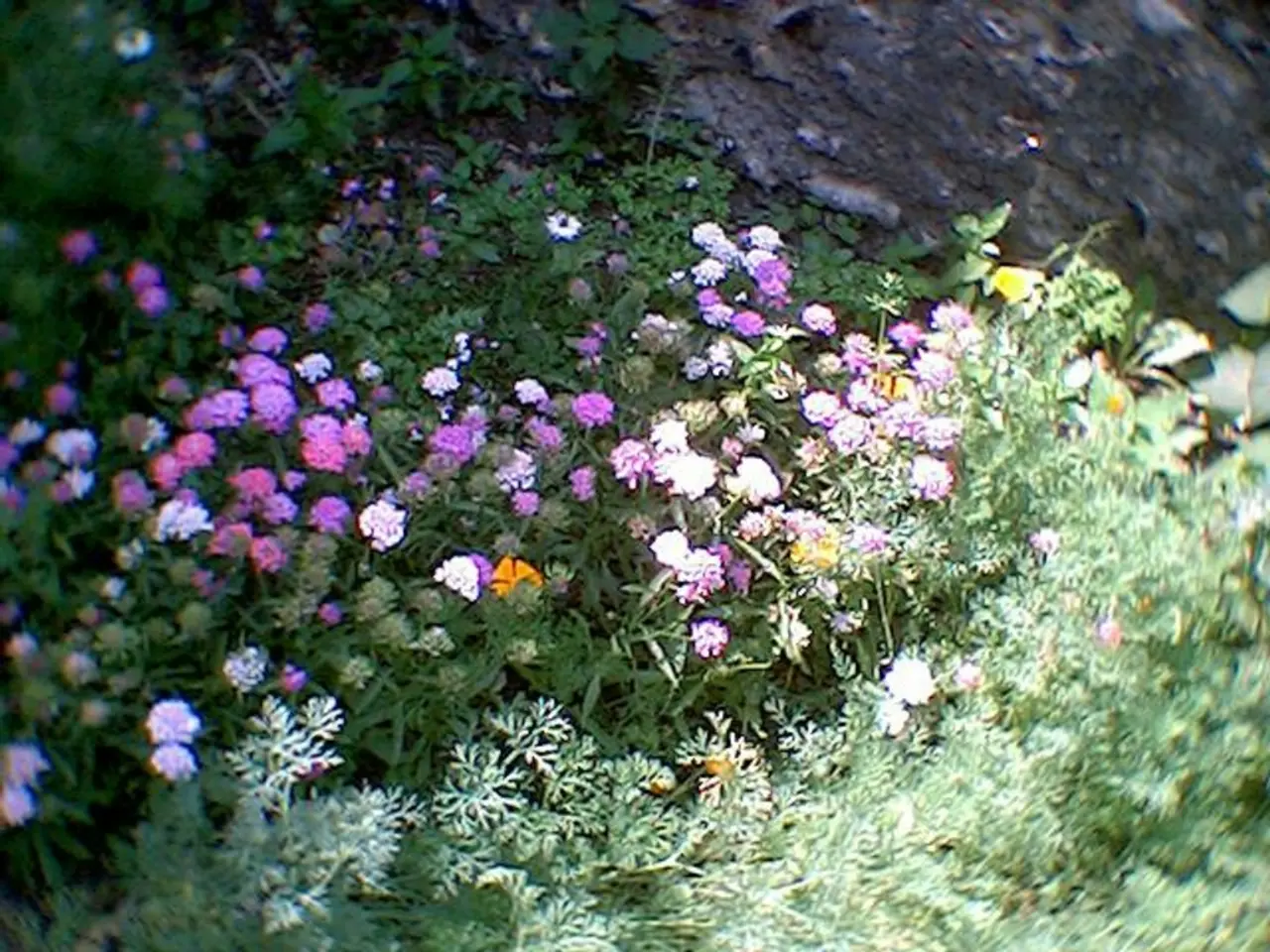Hurry not to prune them prematurely, or you may miss out on the blooms.
In the world of gardening, pruning is a vital practice that helps maintain the health and beauty of plants. However, when it comes to lilies, the approach can be a bit different compared to other flowers. Here's a guide on how to prune lilies correctly to ensure a plentiful bloom next season.
Firstly, it's important to wait until all the flowers have finished blooming before pruning. Once the petals turn brown and start falling off, it's a clear signal that the plant is ready for pruning. However, be cautious not to deplete the bulb excessively by removing faded blooms too early.
The correct method for pruning lilies after flowering is to cut back the flower stalks after the blooms have faded but allow the foliage to remain until it yellows and dies back naturally. This is crucial because the leaves continue to photosynthesize, feeding the bulb and helping it store energy for the next year's flowers.
Every 3 to 5 years, it's a good idea to divide overcrowded lily clumps after flowering to rejuvenate and maintain healthy growth.
Here are some key points to remember for post-flowering lily care and pruning:
- Remove spent flower stalks after blooming to prevent seed formation and direct energy to the bulb.
- Do not cut the green leaves immediately; leave them intact until they turn yellow and dry.
- Once foliage is dead, prune it back to the base.
- After pruning, wait until the leaves and stems have completely dried before cutting them almost to the ground.
- Be careful not to overdo it when removing faded blooms.
- The optimal time for pruning lilies is in August or September.
- When pruning, use sharp secateurs to cut the flowers just above a couple of leaves.
- You can only prune the leaves when they've completely turned yellow or brown.
By following these guidelines, you can ensure that your lilies will bloom beautifully next season. It's essential to remember that pruning lilies requires attention and knowledge of the nuances. After the flowers have wilted, the plant begins to prepare for seed production, not the next flowering season. Removing the faded blooms is necessary to prevent the plant from preparing for seed production.
The final care stage, cutting the leaves and stems almost to the ground, helps the bulb survive the winter and produce a lush bloom next season. So, take your time and prune your lilies with care for a blooming beautiful garden next year!
- To maintain a lush home-and-garden lifestyle, it's crucial to prune lilies correctly after their blooming season, ensuring a plentiful bloom next year.
- By following the appropriate pruning techniques for lilies, such as waiting for spent blooms to turn brown and removing them while allowing foliage to remain before pruning back, you'll create a thriving home-and-garden environment that incorporates healthy gardening practices.





